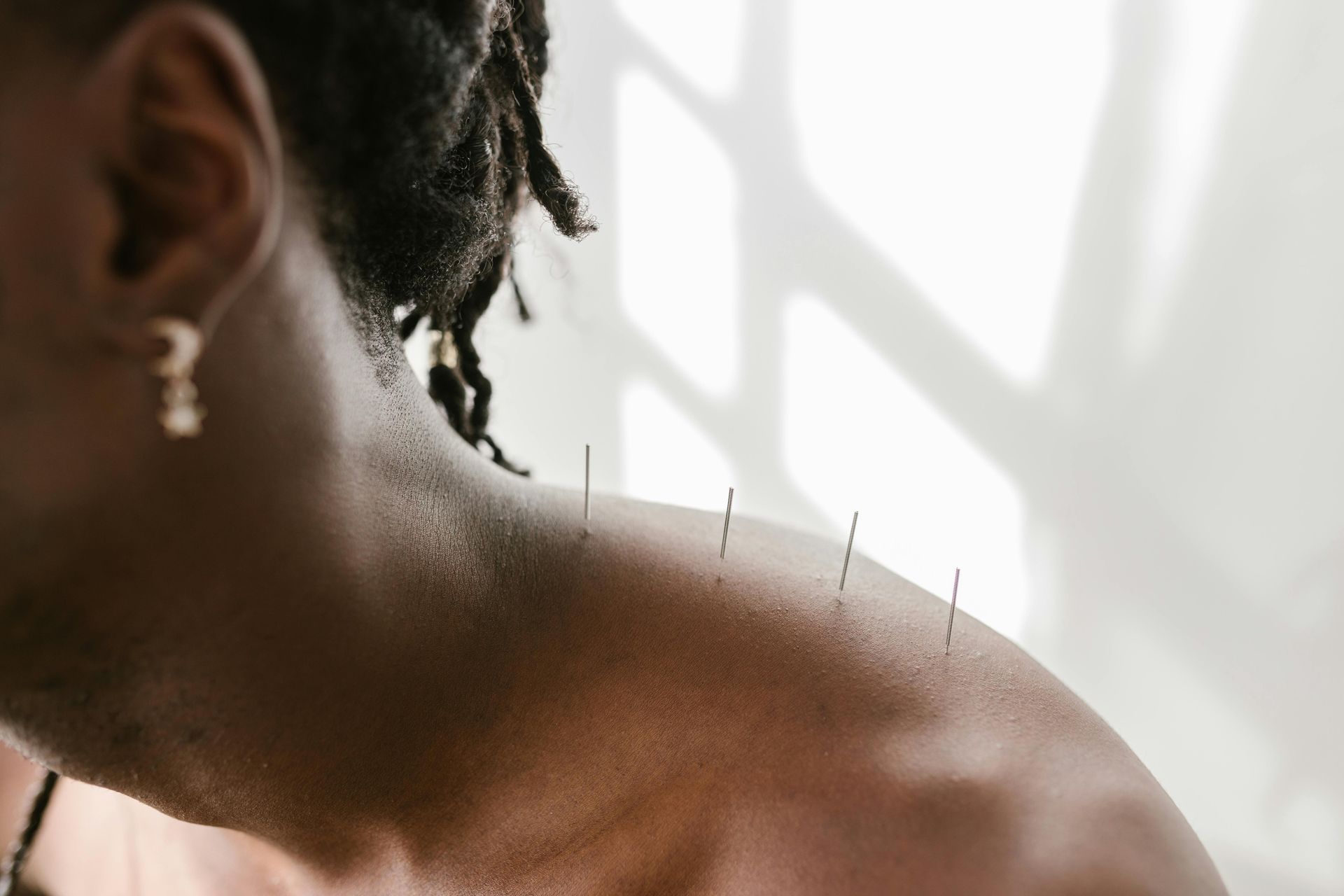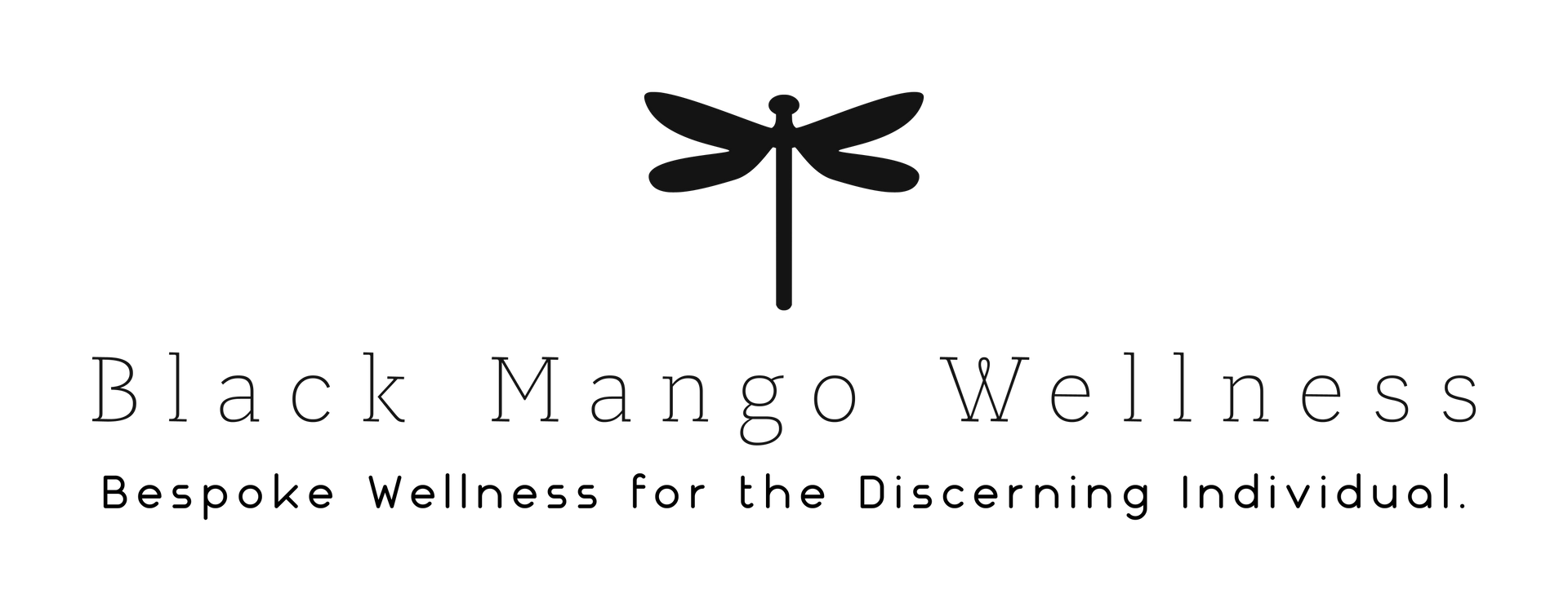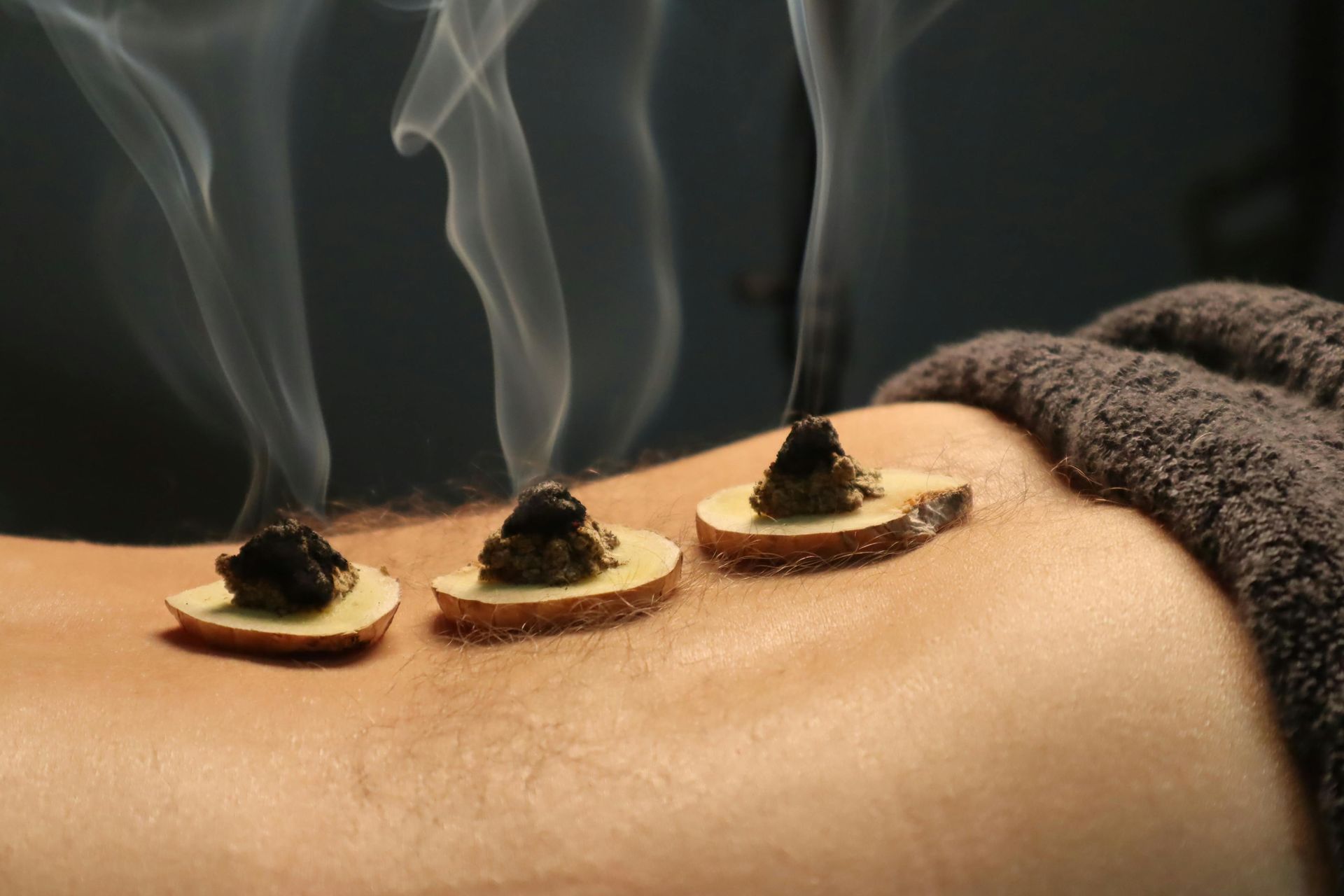Healing After Stroke
A Holistic Approach with Acupuncture & Traditional Therapies

Reclaiming Strength & Balance After Stroke
Recovering from a stroke is more than just physical rehabilitation—it’s about restoring balance to the body, mind, and spirit. Traditional healing modalities like acupuncture, moxibustion, and electroacupuncture offer powerful, research-backed support in post-stroke recovery, improving neurological function, motor skills, and emotional well-being
- Acupuncture: Activating the Body’s Innate Healing Ability
Acupuncture enhances brain function, neuroplasticity, and circulation, supporting a smoother recovery process
Key Benefits:
- Supports motor recovery & coordination
- Enhances cognitive function & neuroplasticity
- Reduces post-stroke depression & anxiety
- Aids in speech recovery (aphasia) & swallowing difficulties (dysphagia)
Targeted Techniques for Recovery:
- Scalp Acupuncture: Focuses on areas controlling movement, memory, and cognitive function. Key points include Baihui (DU20), Sishencong (EX-HN1), and Qianding (GV21)
- Tongue Acupuncture: Beneficial for swallowing and speech impairments
- Limb Acupuncture: Commonly used points for mobility and circulation include Hegu (LI4), Jianyu (LI15), Zusanli (ST36), and Yanglingquan (GB34)
2. Moxibustion: The Power of Heat Therapy
Moxibustion uses gentle heat to stimulate healing and strengthen the body's energy (Qi)
Key Benefits:
- Improves circulation & muscle relaxation
- Reduces post-stroke fatigue
- Aids in urinary incontinence & digestive function
- Combined with acupuncture to improve muscle relaxation, sensory function, and mobility
- Moxa therapy is often applied to abdominal points like Qihai, Guanyuan, and Zhongji to support organ function and energy restoration
3. Electro-acupuncture: A Modern Take on Ancient Healing
Electro-acupuncture combines traditional acupuncture with low electrical stimulation to enhance results
Key Benefits:
- Stimulates neurorecovery & brain connectivity
- Relieves spasticity & promotes limb function
- Boosts emotional well-being & reduces stroke-related depression
Increases Fugl-Meyer Assessment scores for sensory-motor recovery - Studies show 88.33% efficacy rate in combination therapy compared to 64.91% with electro-acupuncture alone
Conclusion
Post-stroke recovery is multifaceted, requiring a blend of neurological, physical, and emotional rehabilitation. Acupuncture, moxibustion, and electro-acupuncture offer clinically backed solutions to enhance motor function, reduce psychological distress, and promote long-term well-being. Patients should work with a trained acupuncturist to develop an individualized plan that supports their unique recovery journey.
References
- Song Li, Anhong Dai, Yihao Zhou, et al. Efficacy of combination scalp acupuncture for post-stroke cognitive impairment: a systematic review and meta-analysis. Frontiers in Neuroscience. 2024;18. doi:10.3389/fnins.2024.1468331.
- Lizhen Yi, Linxing Huang, Ruixue Chen, Sheng Zhan, Huiyuan Huang, Zenghui Yue. Acupuncture for post-stroke spasticity: An overview of systematic reviews. Complementary Therapies in Medicine. 2024;80(103024-). doi:10.1016/j.ctim.2024.103024.
- Yi M, Shen W, Wei Y. Clinical Efficacy of Electroacupuncture at Sacral Four Points Combined with Moxibustion at Abdominal Three Points for Treating Post-Stroke Urinary Incontinence: Observations on Urodynamics, Quality of Life, and Safety. Archivos espanoles de urologia. 2024;77(7):732-738. doi:10.56434/j.arch.esp.urol.20247707.102.
!! Disclaimer
This is for informational purposes only and does not constitute medical advice. Acupuncture, moxibustion, and electroacupuncture should be administered by a licensed professional. Always consult with your healthcare provider before beginning any new treatment. Results may vary based on individual health conditions and treatment consistency.
Elev8d Essence: The Balance Blueprint





